Is White Tea Resistant to Multiple Infusions?

When drinking white tea, many tea lovers often wonder: why does some white tea lose its flavor after just 3-4 infusions, while others can retain a pleasant aroma even after more than 10 infusions? In fact, the ability of white tea to withstand multiple infusions is not fixed—it is influenced by a variety of factors. Today, we will break down these key factors, from tea tree characteristics to brewing methods, to help you fully understand the rules behind white tea’s infusion resistance.
1. Tea Tree Variety and Growing Environment: The "Innate Foundation" for Infusion Resistance
Whether white tea is resistant to multiple infusions first depends on the "innate conditions" of the tea tree—namely its variety and growing environment. These directly determine the richness of the tea’s internal substances, and the more internal substances there are, the greater its potential for withstanding multiple infusions.
Among the mainstream varieties used to make white tea, Fuding Dabai Tea and Fuding Dahao Tea belong to small arbor tea trees. The buds and leaves of these trees are naturally plump with thick cell walls, allowing them to accumulate more amino acids, tea polyphenols, and tea polysaccharides. Compared to shrub-type tea trees, white tea made from these varieties releases substances more sustainably during brewing, making it naturally more resistant to multiple infusions.
Wild old-tree tea is even more special. Old tea trees growing in wild mountain forests have roots that penetrate deep into the soil, absorbing more minerals and trace elements, resulting in richer internal substances than ordinary tea trees. Wild tea leaves contain higher levels of polysaccharides and tea polyphenols, which not only give the tea a smooth, sweet taste and long-lasting rich aroma but also allow it to release substances repeatedly during brewing. Its infusion resistance far exceeds that of ordinary tableland tea—it has a strong tea character and lasting flavor, retaining a distinct taste even after multiple infusions.

2. Leaf Tenderness: The Coarser the Leaves, the Better the Infusion Resistance
White tea has different picking standards, leading to variations in leaf tenderness. This is another important factor affecting infusion resistance. Simply put, white tea made from pure buds is relatively less resistant to multiple infusions, while white tea with leaves has better resistance. The coarser the leaves, the slower the release of substances.
For example, Silver Needle White Tea is made only from plump single buds. Although the buds are rich in substances, their structure is relatively tender, so the water-soluble extracts are released quickly during brewing. Its flavor usually fades significantly after 5-6 infusions. In contrast, Shoumei is picked as one bud with two to three leaves, sometimes with a small amount of tea stems. The leaves and stems have thicker fibers, storing more substances that are released slowly. Even after 8-10 infusions, it can still maintain a sweet taste. Some aged Shoumei can even be simmered repeatedly several times and still retain flavor.
White Peony falls between the two. Picked as one bud with one or two leaves, it combines the freshness of buds and the infusion resistance of leaves. It can easily withstand 7-8 infusions in daily brewing, making it a good choice that balances taste and infusion resistance.
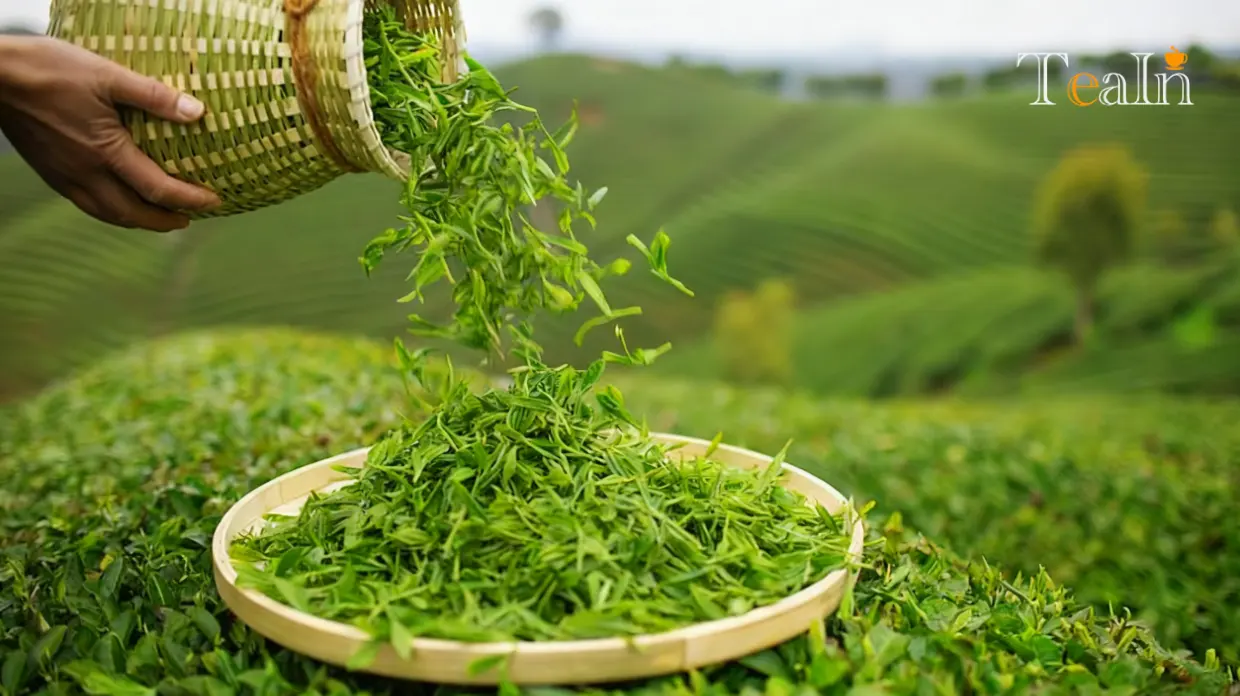
3. Processing Technique: Defects in Processing Reduce Infusion Resistance
High-quality white tea requires "well-balanced" processing. If there are defects in the processing, even if the tea tree and raw materials are excellent, the infusion resistance will be greatly reduced.
There are two common processing issues: first, "incomplete moisture removal" in new tea. If withering is insufficient during processing, the moisture in the tea leaves is not completely dissipated, leading to inadequate transformation of internal substances. The tea soup tastes astringent, and the release of substances is uneven, causing it to lose flavor easily after a few infusions. Second, over-fermentation. If temperature and humidity are not properly controlled during withering, the tea leaves may ferment excessively, consuming too many internal substances. The tea soup will have a stuffy, sour taste, and its infusion resistance will drop sharply, usually losing flavor after only 3-4 infusions.
Only white tea that undergoes natural withering, slow drying over a gentle fire, complete moisture removal, and moderate fermentation can retain intact internal substances. During brewing, these substances are released gradually, ensuring good infusion resistance.
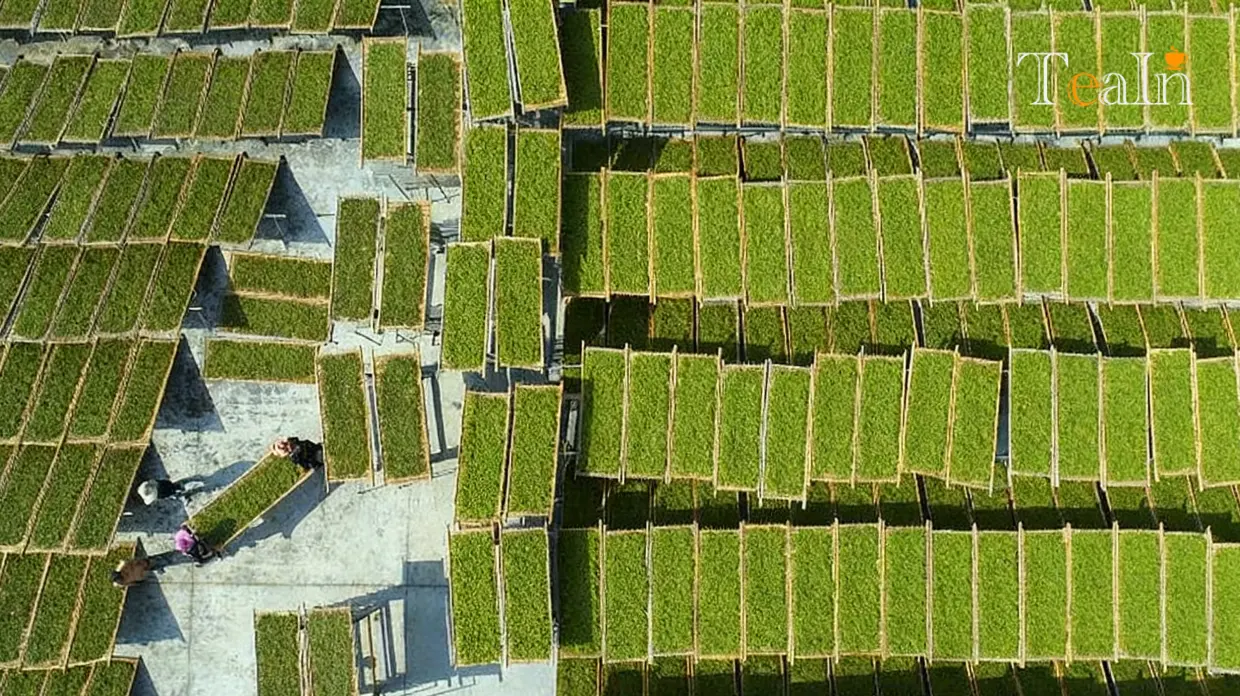
4. Seasonal Impact: Spring Tea Has the Best Infusion Resistance; Summer and Autumn Teas Have Their Own Characteristics
Tea tree growth is greatly affected by seasonal climate, and white tea made in different seasons shows significant differences in infusion resistance.
Spring tea has the best infusion resistance throughout the year. In spring, the temperature is moderate, sunlight is gentle, and rainfall is sufficient. After a winter of dormancy, tea trees accumulate a large amount of nutrients, producing plump buds and leaves with rich internal substances. During brewing, substances are released stably—whether it is Silver Needle or spring Shoumei, it is more resistant to multiple infusions than tea from other seasons, with a fresh, mellow taste free of bitterness.
Summer tea is the opposite. High temperatures and strong sunlight in summer cause tea trees to grow rapidly. The fresh leaves contain high levels of caffeine and tea polyphenols, which are released quickly during brewing, leading to a bitter taste. Additionally, summer tea accumulates fewer internal substances than spring tea, so its infusion resistance is low, usually becoming bland after 4-5 infusions.
Autumn tea has a prominent aroma—for example, autumn Shoumei often has a distinct osmanthus or jujube fragrance. However, the dry autumn climate slows down tea tree growth, resulting in thinner internal substance accumulation than spring tea. Its infusion resistance falls between spring and summer tea, making it suitable for tea lovers who prefer strong aroma and have lower requirements for infusion resistance. Tea trees basically enter a maintenance period in winter, so little tea is picked, and there is almost no winter tea on the market.
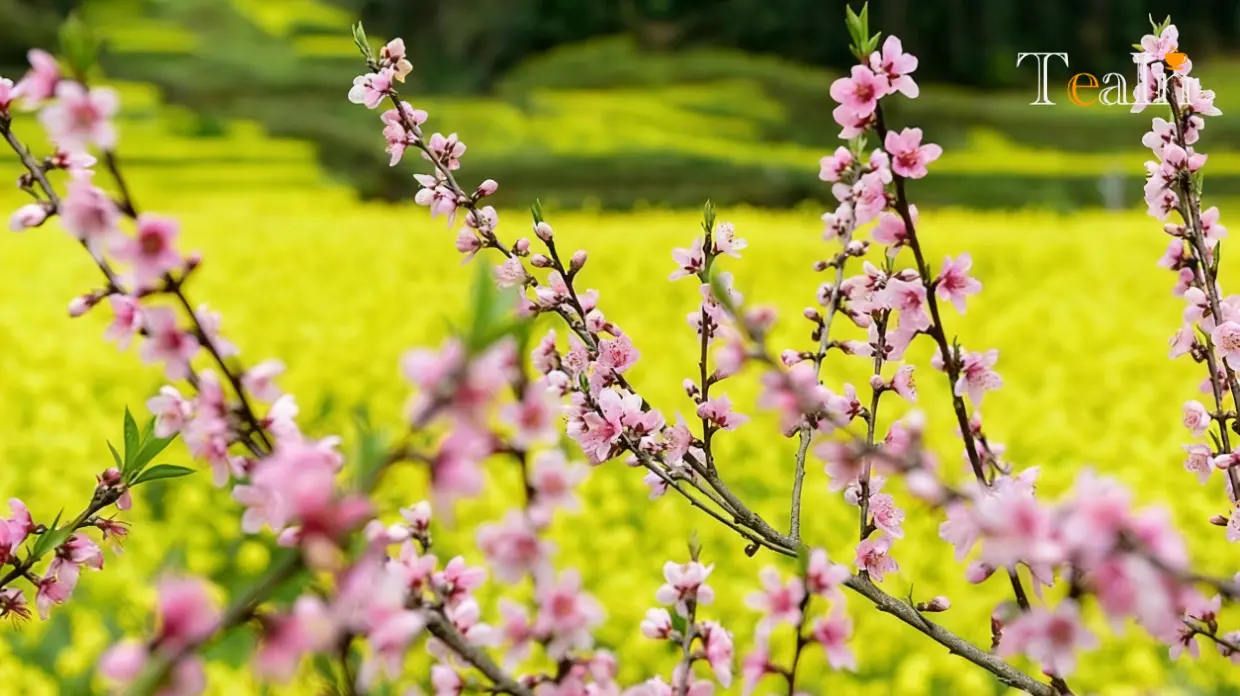
5. Storage Duration: Properly Aged White Tea Improves Infusion Resistance
White tea has the characteristic of "becoming more fragrant with age." Under proper storage conditions (dry, light-proof, airtight, odor-free), its infusion resistance gradually improves as aging time increases.
New white tea (aged less than 1 year) has fresh internal substances, but their structure is relatively unstable, leading to fast release during brewing. In contrast, aged white tea (aged more than 3 years) undergoes slow transformation of internal substances—tea polyphenols gradually convert into more stable theaflavins, and the content of tea polysaccharides also increases. These changes make aged white tea release substances more gently, allowing it to retain flavor through repeated infusions. Its infusion resistance is higher than that of new white tea. For example, 3-year-old aged Shoumei can still retain jujube and herbal aromas after more than 10 infusions, and when simmered, it can be reheated multiple times while maintaining a mellow taste.
However, it should be noted that only properly stored white tea will have such improvements. If the tea gets damp or absorbs odors during storage, it will become moldy and deteriorate—not only losing its infusion resistance but also becoming undrinkable.
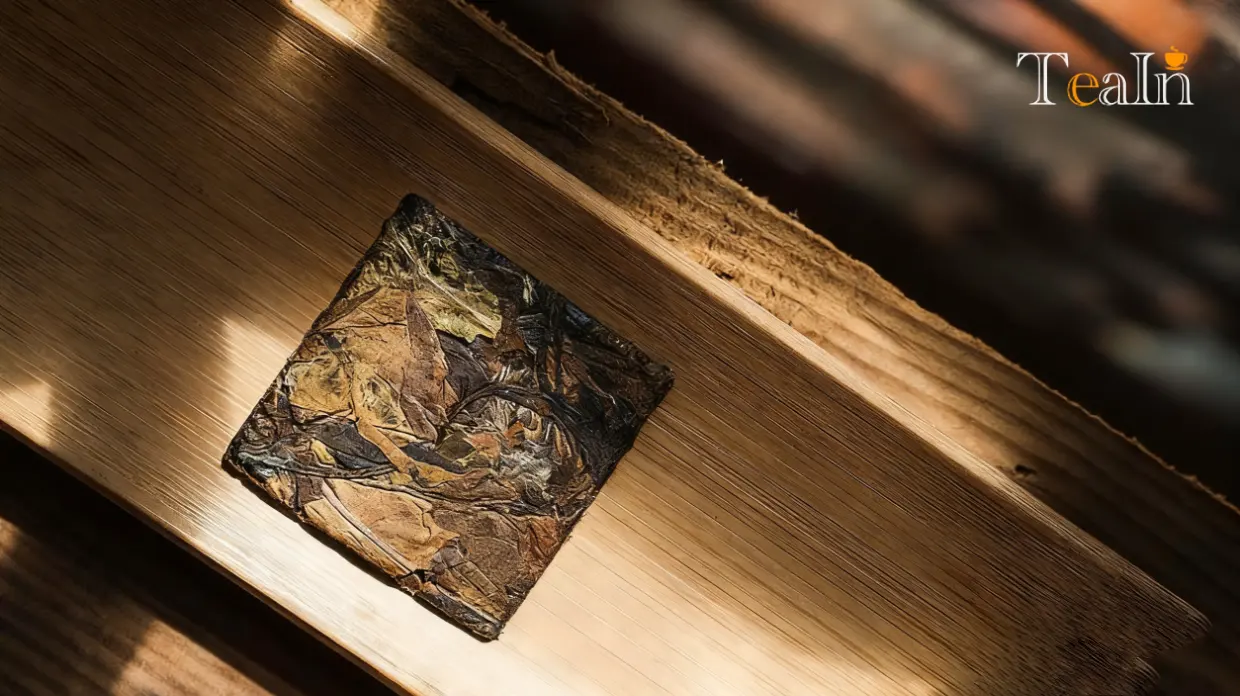
6. Brewing Method: Tea Amount and Infusion Speed Directly Affect Results
Even if white tea is inherently resistant to multiple infusions, incorrect brewing methods can make it "less resistant." Two key points to note are the tea-to-water ratio and the speed of infusion.
The less tea used and the more water added, the less resistant the white tea will be to multiple infusions. For example, if you use a 100ml gaiwan (lidded bowl) and add only 2g of white tea, the large amount of water will quickly dilute and release the substances, causing the tea to lose flavor after 3-4 infusions. However, if you add 5g of white tea, the higher tea-to-water ratio allows for more sufficient release of substances, significantly improving infusion resistance. For daily brewing, it is recommended to follow a 1:20 tea-to-water ratio (5g of tea with 100ml of water), which not only ensures a good taste but also maximizes the tea’s infusion resistance potential.
Infusion speed is also crucial. The slower the infusion (i.e., the longer the tea is steeped in water), the faster the substances are released, and the lower the infusion resistance. For example, when brewing with a gaiwan, if you steep the tea for more than 30 seconds, a large amount of substances will be released in the first infusion, leaving little flavor for subsequent ones. On the contrary, fast infusion (10-15 seconds) allows substances to be released slowly, ensuring a consistent taste across each infusion and improving overall resistance. This is especially important for delicate white teas like Silver Needle, which require fast infusion to avoid losing flavor too quickly.
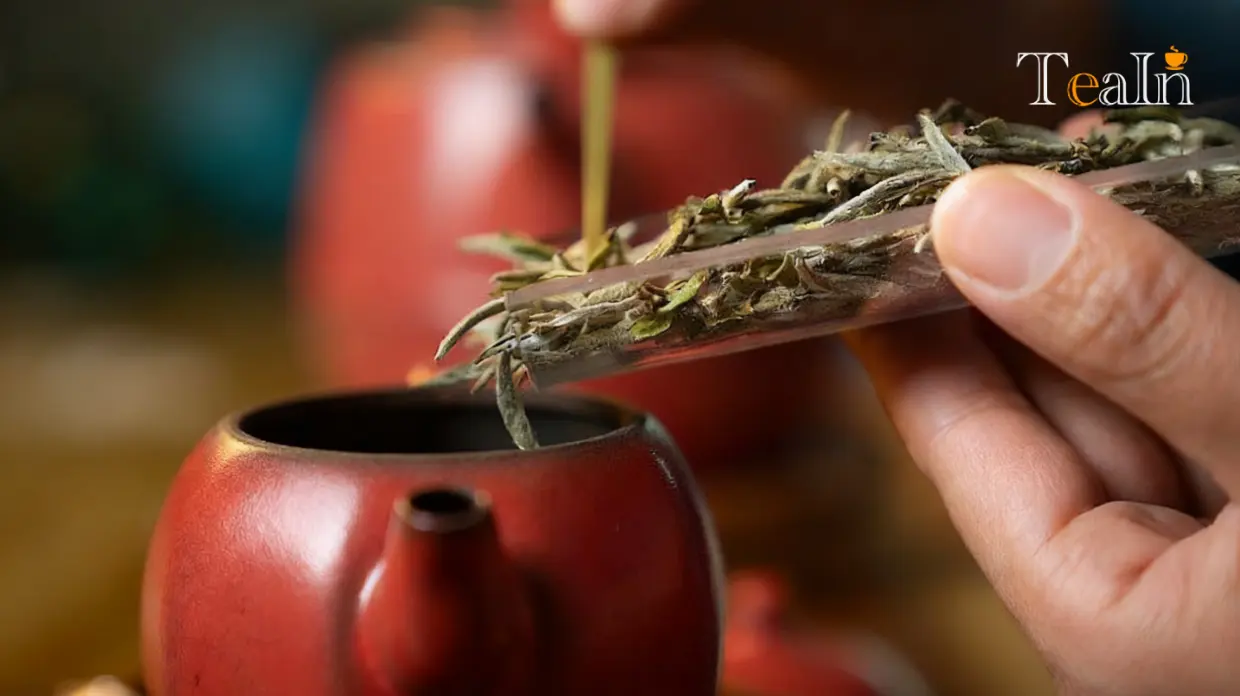
Summary: 3 Tips for Choosing White Tea with Good Infusion Resistance
- Choosing white tea with good infusion resistance doesn’t require complicated judgment—just remember these three tips:
- Choose by variety and origin: Prioritize white tea made from Fuding Dabai Tea, Fuding Dahao Tea, or wild old-tree tea, as they have strong innate potential for infusion resistance.
- Choose by raw materials and aging: Opt for Shoumei or aged white tea. Coarse leaves and fully aged white tea release substances more sustainably.
Pay attention to brewing methods: Follow a 1:20 tea-to-water ratio and infuse quickly to avoid premature depletion of substances.
In fact, there is no "absolute standard" for white tea’s infusion resistance. Some people prefer the freshness of Silver Needle, even if it withstands fewer infusions; others favor aged Shoumei, which can be enjoyed slowly throughout the afternoon. By understanding these influencing factors, you can choose the most suitable white tea according to your preferences and enjoy the pleasure of each brewing.
